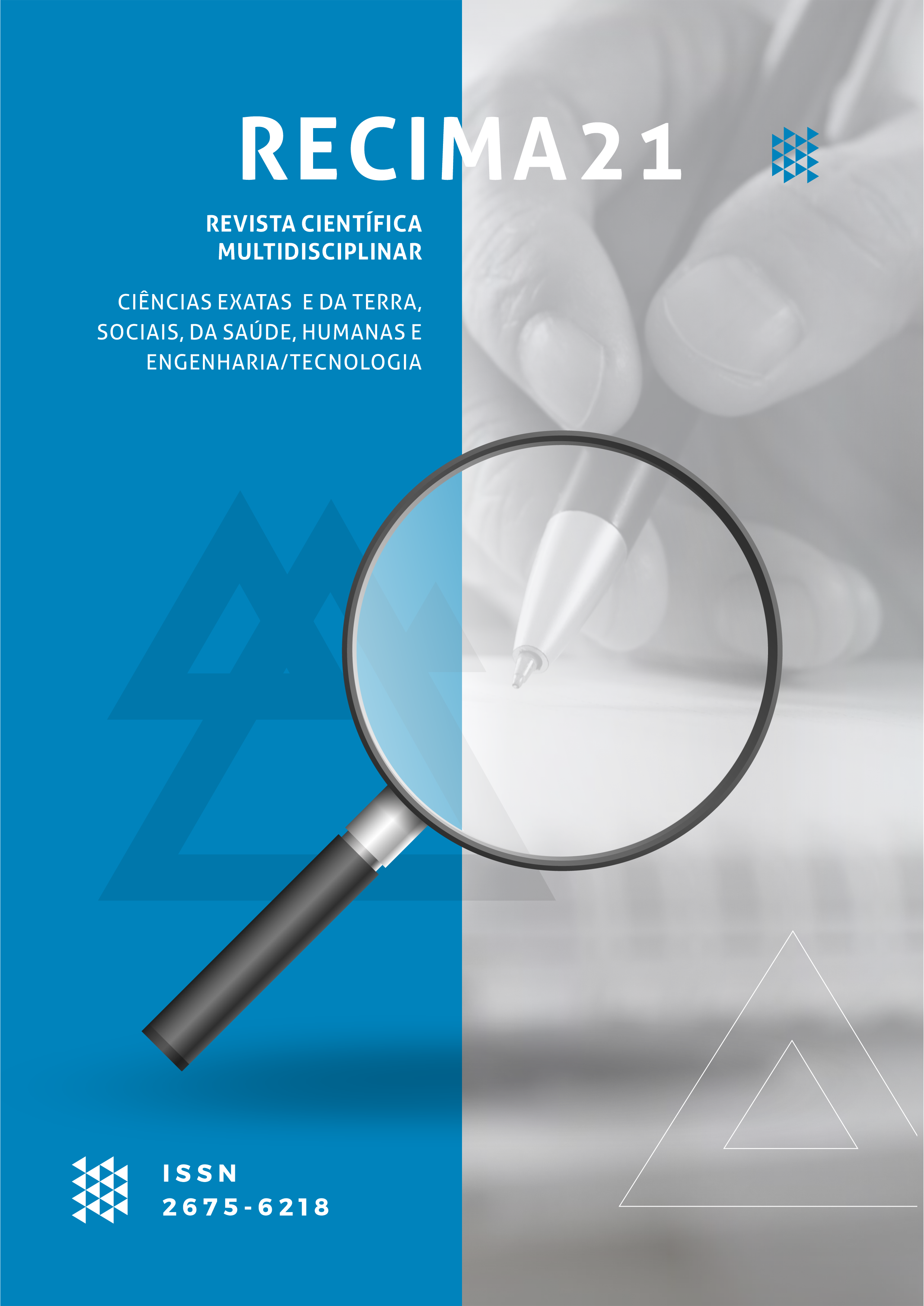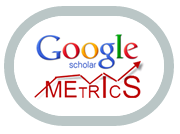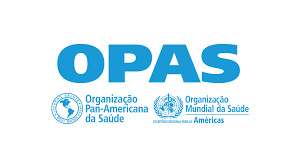STATISTICS - A CRUCIAL TOOL IN THE CONTROL OF THE PANDEMIC OF COVID19: THE REALITY OF THE FACTS
DOI:
https://doi.org/10.47820/recima21.v3i4.1311Keywords:
Keywords: Mathematics, Statistics, Data, Graphs, Percentage, Mathematics, Statistics, DataAbstract
With the emergence of (SARS-COV-2), popularly known as Corona Virus in late 2019 in Wuhan province in China, nearby countries had to take extreme measures. South Korea became known for the agility with which it tracked, quantified and isolated citizens who had contact with suspected infected persons. By mapping and stratifying regions, it was able to unequivocally contain the outbreak that would later devastate the planet.Eventually, the pathogen was discovered in Brazil in late February 2020, where a man from Italy would bring with him the first official case recorded in the country. It was not long before dozens, hundreds and thousands of people began to show symptoms of the disease. The political and medical authorities had never encountered a problem of this nature before, insane measures were taken, there were no precedents to rely on, as a first response, a blockade was assigned, so that hospitals, doctors and nurses could prepare for a war, where the enemy was invisible, fast and highly transmissible. In this case, it was of utmost importance to create statistical data, samples, frequencies and graphs to control the exponentially increasing cases.In this context, this research aims to show the importance of statistical mathematics for rapid response in disease control and inoculation. Without this tool, we would drift towards an even greater catastrophe. As I often say: if there is something that cannot be explained by numbers, it probably does not exist.
Downloads
References
ANDRADE, E. L. Introdução à pesquisa operacional: métodos e modelos para análise de decisões. 4. ed. – Rio de Janeiro: LTC, 2009.
AZEVEDO, Paulo Roberto Medeiros de. Introdução à estatística [recurso eletrônico] / Paulo Roberto Medeiros de Azevedo. – 3. ed. – Natal, RN : EDUFRN, 2016.
COSTA, Paulo Roberto da. Estatística. Santa Maria: Universidade Federal de Santa Maria, Colégio Técnico Industrial de Santa Maria, Curso Técnico em Automação Industrial, 3. ed., 2011.
DIEHL, C.A; SOUZA, M.A.; DOMINGOS, L.E.C. O uso da estatística descritiva na pesquisa em custos: Análise do XIV Congresso Brasileiro de Custos. SEER UFRGS, Porto Alegre, v. 7, n. 12, 2º semestre 2007. Disponível em: https://seer.ufrgs.br/ConTexto/article/viewFile/11157/6605 . Acesso em: 03 jun. 2021.
FALCO, Javert; JUNIOR, Roberto. Estatística. Curitiba – PR, 2011
FREITAS, ARF; NAPIMOGA, MH; DONALISIO, MR. Análise da gravidade da pandemia de Covid-19; Universidade Estadual de Campinas, Departamento de Saúde Coletiva, Campinas, SP, Brasil.
HUFF, D. Como mentir com estatística. Rio de Janeiro: Intrínseca, 2016.
IGNÁCIO, S.A. Importância da Estatística Para o Processo de Conhecimento e tomada de decisão. Revista Paranaense de Desenvolvimento, Curitiba, n. 118, p.175 – 192.jan./jun.2010.
LOPES, P. A. Entendendo a importância da estatística sem ser gênio, matemático ou bruxo. Disponível em: https://administradores.com.br/artigos/entendendo-a-importancia-da-estatistica-sem-ser-genio-matematico-ou-bruxo Acesso em: 04 jun. 2010.
MORETTIN, P. A. Introdução à estatística para ciências exatas. São Paulo: Atual, 1981.
Painel de casos de doença pelo coronavírus 2019 (COVID-19) no Brasil pelo Ministério da Saúde: disponível em www.covid.saude.gov.br
Site www.uol.com.br/vivabem/noticias/redacao/2020/01/25/tire-suas-principais-duvidas-sobre-o-coronavirus-que-se-espalha-pelo-mundo.htm (Acessado em 20/06/2021).
VIEIRA, S. Estatística básica. São Paulo: Cengage Learning, 2013.
Downloads
Published
How to Cite
Issue
Section
Categories
License
Copyright (c) 2022 RECIMA21 - Revista Científica Multidisciplinar - ISSN 2675-6218

This work is licensed under a Creative Commons Attribution 4.0 International License.
Os direitos autorais dos artigos/resenhas/TCCs publicados pertecem à revista RECIMA21, e seguem o padrão Creative Commons (CC BY 4.0), permitindo a cópia ou reprodução, desde que cite a fonte e respeite os direitos dos autores e contenham menção aos mesmos nos créditos. Toda e qualquer obra publicada na revista, seu conteúdo é de responsabilidade dos autores, cabendo a RECIMA21 apenas ser o veículo de divulgação, seguindo os padrões nacionais e internacionais de publicação.













